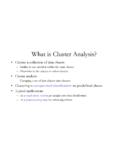Transcription of Generative Adversarial Nets - NIPS
1 Generative Adversarial Nets Ian J. Goodfellow , Jean Pouget-Abadie , Mehdi Mirza, Bing Xu, David Warde-Farley, Sherjil Ozair , Aaron Courville, Yoshua Bengio . De partement d'informatique et de recherche ope rationnelle Universite de Montre al Montre al, QC H3C 3J7. Abstract We propose a new framework for estimating Generative models via an adversar- ial process, in which we simultaneously train two models: a Generative model G. that captures the data distribution, and a discriminative model D that estimates the probability that a sample came from the training data rather than G.
2 The train- ing procedure for G is to maximize the probability of D making a mistake. This framework corresponds to a minimax two-player game. In the space of arbitrary functions G and D, a unique solution exists, with G recovering the training data distribution and D equal to 21 everywhere. In the case where G and D are defined by multilayer perceptrons, the entire system can be trained with backpropagation. There is no need for any Markov chains or unrolled approximate inference net- works during either training or generation of samples. Experiments demonstrate the potential of the framework through qualitative and quantitative evaluation of the generated samples.
3 1 Introduction The promise of deep learning is to discover rich, hierarchical models [2] that represent probability distributions over the kinds of data encountered in artificial intelligence applications, such as natural images, audio waveforms containing speech, and symbols in natural language corpora. So far, the most striking successes in deep learning have involved discriminative models, usually those that map a high-dimensional, rich sensory input to a class label [14, 20]. These striking successes have primarily been based on the backpropagation and dropout algorithms, using piecewise linear units [17, 8, 9] which have a particularly well-behaved gradient.
4 Deep Generative models have had less of an impact, due to the difficulty of approximating many intractable probabilistic computations that arise in maximum likelihood estimation and related strategies, and due to difficulty of leveraging the benefits of piecewise linear units in the Generative context. We propose a new Generative model estimation procedure that sidesteps these difficulties. 1. In the proposed Adversarial nets framework, the Generative model is pitted against an adversary: a discriminative model that learns to determine whether a sample is from the model distribution or the data distribution.
5 The Generative model can be thought of as analogous to a team of counterfeiters, trying to produce fake currency and use it without detection, while the discriminative model is analogous to the police, trying to detect the counterfeit currency. Competition in this game drives both teams to improve their methods until the counterfeits are indistiguishable from the genuine articles.. Ian Goodfellow is now a research scientist at Google, but did this work earlier as a UdeM student . Jean Pouget-Abadie did this work while visiting Universite de Montre al from Ecole Polytechnique.
6 Sherjil Ozair is visiting Universite de Montre al from Indian Institute of Technology Delhi . Yoshua Bengio is a CIFAR Senior Fellow. 1. All code and hyperparameters available at 1. This framework can yield specific training algorithms for many kinds of model and optimization algorithm. In this article, we explore the special case when the Generative model generates samples by passing random noise through a multilayer perceptron, and the discriminative model is also a multilayer perceptron. We refer to this special case as Adversarial nets. In this case, we can train both models using only the highly successful backpropagation and dropout algorithms [16] and sample from the Generative model using only forward propagation.
7 No approximate inference or Markov chains are necessary. 2 Related work Until recently, most work on deep Generative models focused on models that provided a parametric specification of a probability distribution function. The model can then be trained by maximiz- ing the log likelihood. In this family of model, perhaps the most succesful is the deep Boltzmann machine [25]. Such models generally have intractable likelihood functions and therefore require numerous approximations to the likelihood gradient. These difficulties motivated the development of Generative machines models that do not explicitly represent the likelihood, yet are able to gen- erate samples from the desired distribution.
8 Generative stochastic networks [4] are an example of a Generative machine that can be trained with exact backpropagation rather than the numerous ap- proximations required for Boltzmann machines. This work extends the idea of a Generative machine by eliminating the Markov chains used in Generative stochastic networks. Our work backpropagates derivatives through Generative processes by using the observation that lim x E N (0, 2 I) f (x + ) = x f (x). 0. We were unaware at the time we developed this work that Kingma and Welling [18] and Rezende et al. [23] had developed more general stochastic backpropagation rules, allowing one to backprop- agate through Gaussian distributions with finite variance, and to backpropagate to the covariance parameter as well as the mean.
9 These backpropagation rules could allow one to learn the condi- tional variance of the generator, which we treated as a hyperparameter in this work. Kingma and Welling [18] and Rezende et al. [23] use stochastic backpropagation to train variational autoen- coders (VAEs). Like Generative Adversarial networks, variational autoencoders pair a differentiable generator network with a second neural network. Unlike Generative Adversarial networks, the sec- ond network in a VAE is a recognition model that performs approximate inference. GANs require differentiation through the visible units, and thus cannot model discrete data, while VAEs require differentiation through the hidden units, and thus cannot have discrete latent variables.
10 Other VAE- like approaches exist [12, 22] but are less closely related to our method. Previous work has also taken the approach of using a discriminative criterion to train a Generative model [29, 13]. These approaches use criteria that are intractable for deep Generative models. These methods are difficult even to approximate for deep models because they involve ratios of probabili- ties which cannot be approximated using variational approximations that lower bound the probabil- ity. Noise-contrastive estimation (NCE) [13] involves training a Generative model by learning the weights that make the model useful for discriminating data from a fixed noise distribution.
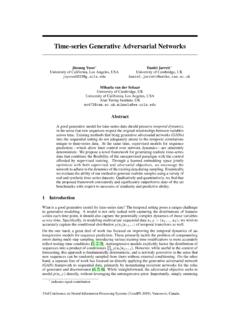
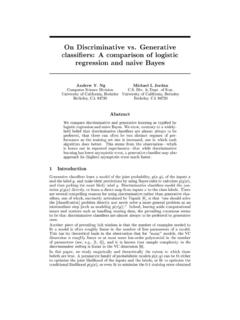
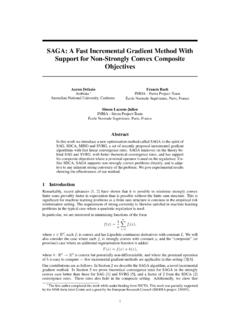
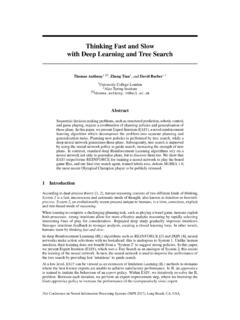
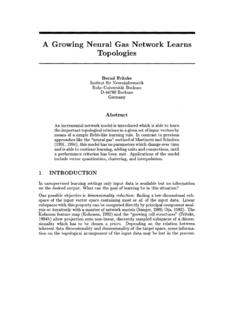
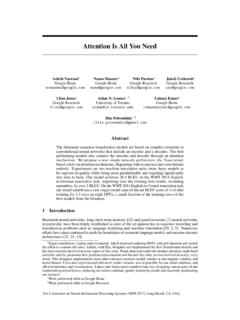
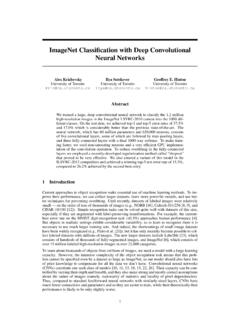

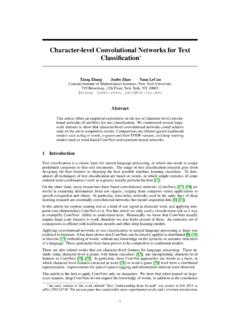
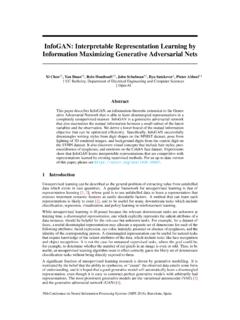
![Abstract arXiv:1607.06450v1 [stat.ML] 21 Jul 2016](/cache/preview/7/e/5/b/f/7/9/c/thumb-7e5bf79c0770a87cd013e43e687a8df1.jpg)
